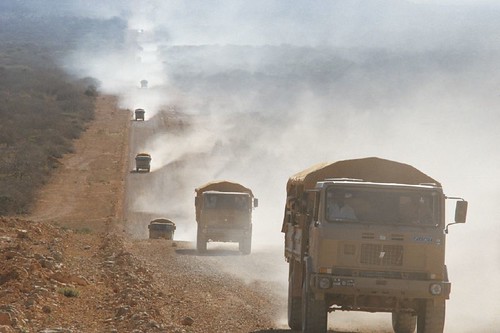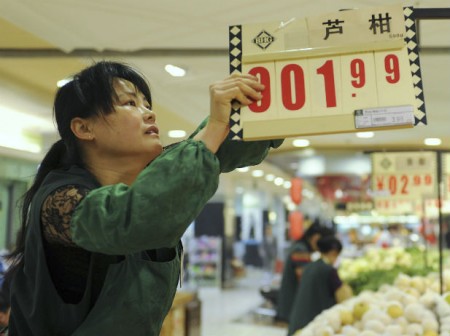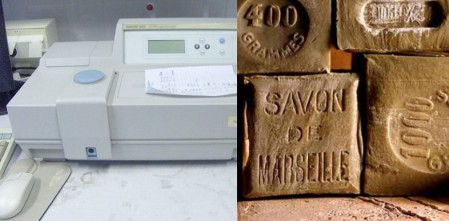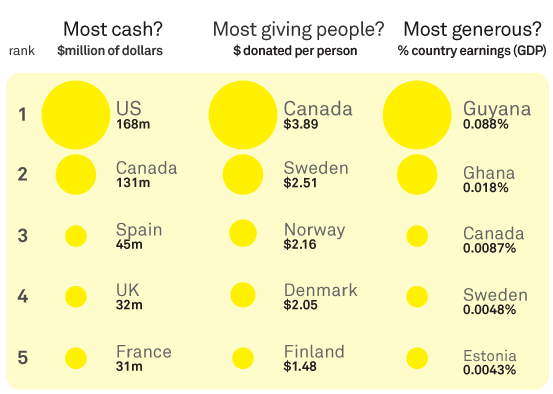
Somalia could fall into the same trap as Afghanistan and Iraq where massive influxes of aid create a short-term boom in the economy but don’t necessarily lay the groundwork for sustainable growth, said Aisha Ahmad, assistant professor of political science at the University of Toronto and chief operation officer of the Dr. Hawa Abdi Foundation, an internationally renowned organization in Somalia that has provided emergency relief to people throughout the civil war.
Ms. Ahmad said Mogadishu’s current stability is mostly due to the “green zone” established by the international community, and because aid sometimes doesn’t reach rural areas, desperate people are now drawn to the capital, “creating a number of new humanitarian and security concerns that we haven’t seen thus far.”
“Once you leave the green zone, the situation changes dramatically, and you’ll see a lot of the old militia coming out of the bush the minute you leave the capital city going into Afgooye corridor,” she said.




